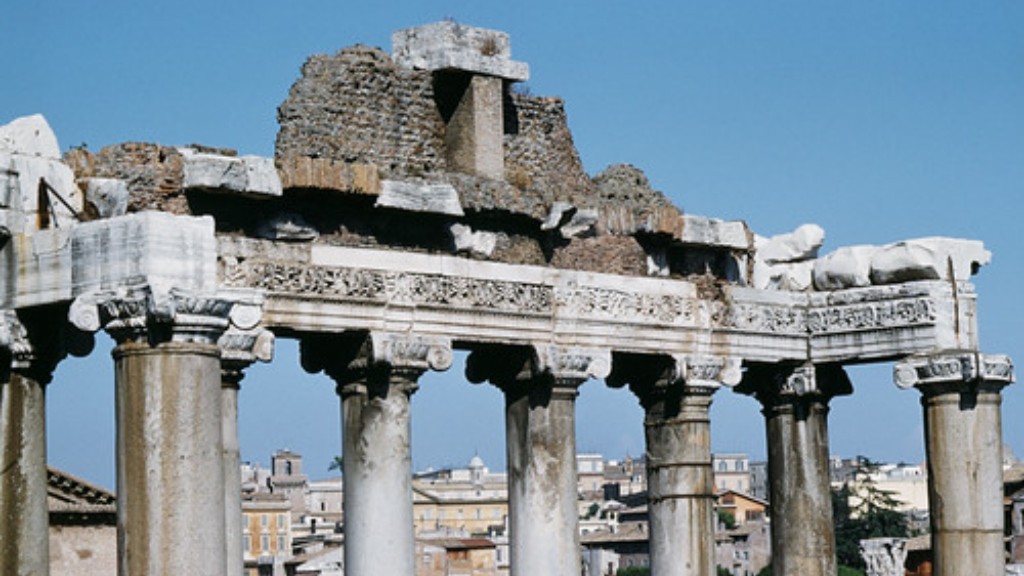Slave Trade and Employment
Slavery has been a major part of ancient Roman society since the early Punic Wars; when Rome went from a regional power to a vast empire. Both war captives and debt slaves were bought, sold and traded in the wealthy Roman market. Slavery was seen as an accepted and established form of labour throughout the Roman Republic and Empire; slaves were employed in various roles such as farm labour, teaching, entertainment, trading, mining and other specialist roles. For example gladiators, actors and musicians were popular in people’s homes.
In a wealthy Roman household, the slaves were seen as a status symbol, with slaves employed to work as chefs, attendants, guards, artisans and many others. They were also trained to become more intellectual, some being granted Roman citizenship, running businesses and even owning property.
Slave numbers increased gradually until around 80 BC, when there were estimated to be 100-150 million slaves in the Roman Empire. This created a large demand for slaves, with thousands of them coming from the capture of foreign lands. Slaves were also sold from market to market, though some were particularly expensive, depending on their skills and work experience.
At the start of the 1st century BC, the slave trade became so lucrative that some Roman aristocrats and Senators began to take part in the same market they had previously outlawed. The slave trade was adopted by many due to its ease of access; it was seen as a way to provide aid to the financially broken Roman citizens. Although many of the Roman citizens were greatly against the slave trade, it became an accepted part of the economy and Roman culture.
Rights and Abuse of Slaves
Rights for slaves were almost non-existent, as they were considered property. However, Roman law did provide some protection, as all citizens were technically equal under the law. For example, it was illegal to kill a slave against their will, and, if slaves were found to be literate, their master had to give them partial freedom. Slaves were also considered to be human and had some basic rights. Whilst these laws were in place, slave abuse from cruel masters and lack of food, clothing and sanitary provisions were common and widespread.
Although slaves were seen as expendable and had no legal rights, they were integral to Rome’s long-term success. Over time, slaves were offered some protection by the government, including the right to seek legal help or medical treatment in the event of abuse or mistreatment. Slaves also had the right to marry, and several even built up significant savings and bought their freedom.
Although physical cruelty towards slaves was outlawed, there was still plenty of psychological abuse, ranging from humiliation to psychological manipulation. Furthermore, some slaves had to endure extreme cruelty and torture, due to their lack of rights. Despite the laws set in place, it was almost impossible for a slave to become free from their master.
Conclusion
In conclusion, slavery was an integral part of Roman culture and civilization. Slaves were employed in a wide range of roles and were seen as both luxury items and a cheap source of labour. Whilst Roman law provided some protection for slaves, physical and psychological abuse was rampant, with slaves having no real legal rights. Ultimately, slaves were greatly mistreated and were seen as expendable; but their contribution to Rome’s success is undeniable.


